-
Posts
234 -
Joined
-
Last visited
-
Days Won
6
Content Type
Profiles
Forums
Blogs
Gallery
Events
Store
Posts posted by saxcob
-
-
Could you share an image of the inscription?
0 -
Unfortunately, he does not appear in the Nassau officer lists or in those of the cemeteries.
Are you sure about the information?
The Duchy of Nassau only went over to the side of the Allies one year after Tauroggen.
0 -
On 4 November 1861, Henri Conneau, personal physician to the French Emperor Napoleon III, was awarded the Grand Cross of the Order of Saint Maurice and Saint Lazarus (Italian: Ordine dei SS. Maurizio e Lazzaro) for his services to the unification of Italy. This was auctioned off last year with some of his honours from the estate of his granddaughter's nephew. Among his numerous other orders and decorations, which were awarded to him according to his position in the commander/commander class, this is his only Grand Cross and probably the only one he received for actual merit.
He was the one who organised a meeting with the Sardinian prime minister Cavour on 25 May 1858. It was obviously his own idea to inform him that Napoleon was planning to spend a month in Plombière "near the border of Piedmont" in July. Despite the geographical impracticalities, Cavour had taken the hint very well. For his part, he let him know that he was planning a holiday in Switzerland and that this could provide an opportunity for a meeting.
Count Cavour left Turin on 11 July 1858 and announced that he was travelling to Switzerland. In fact, however, he planned to go to Plombières, where he arrived on the evening of 20 July 1858. The following day, the famous meeting with Napoleon III took place; both sat unaccompanied in a small horse-drawn carriage that travelled slowly through the small town. They concluded a secret treaty without consulting their ministers. Firstly, a military alliance was agreed between France and Sardinia to expel the Austrians from Italian territory. In addition, a future political organisation of Italy was agreed: The Pope was to preside over this reunited Italy, which would consist of four states: Northern Italy, Central Italy, the Papal States and the Kingdom of the Two Sicilies. In return, France was to receive Savoy and the city of Nice. In addition, the alliance was sealed by the marriage of the daughter of the future Italian King Victor Emmanuel to Prince Napoleon.
In 1859, the Savoys attacked Austria with the support of France in northern Italy (Sardinian War). Napoleon III himself assumed supreme command of the 130,000-strong French army. The Austrians were defeated in the battles of Magenta and Solferino, and Lombardy fell to Savoy in the preliminary peace of Villafranca. At the same time, there were uprisings in Tuscany, Modena and other areas. Conneau accompanied the Emperor to Italy and was thus able to witness the triumphant entry of the Franco-Sardinian troops into his home town of Milan. Subsequently, Parma-Piacenza, Tuscany, Modena and parts of the Papal States joined Sardinia-Piedmont in 1860. Volunteer units led by Giuseppe Garibaldi brought the Kingdom of the Two Sicilies under their control in 1860. Cavour sent an army to the south, which also occupied other parts of the Papal States (Umbria and Marche). Plebiscites there and in both Sicilies sealed the annexation to Sardinia-Piedmont. On 17 March 1861, Victor Emmanuel II was proclaimed King of Italy.
It is fair to say that Conneau's contribution was of some significance.
After the Battle of Sedan and the fall of the Empire on 4 September 1870, Conneau accompanied the emperor into into exile in Chislehurst in England. On 3 and 6 January 1873, Napoleon had an operation to remove his bladder stones. The chloroform administered, combined with the emperor's weakening from the disease, which had probably progressed to kidney failure, led to heart failure. He died an hour before the third operation scheduled for 9 January 1873. His last words were to his long-time companion and friend: "Henri, were you at Sedan"? - "Yes, Sire". - "We were no cowards at Sedan?". After this final effort, the Emperor fell into unconsciousness, from which he never awoke.
Conneau returned to France after the emperor's death, where he himself died on 16 August 1877. This is the judgement Napoleon made of his friend at the end of his first exile in England:
"Conneau is one of those rare and inestimable souls, modelled on the greatest of antiquity; he is full of courage in danger and constancy in challenges; his selflessness is boundless, and he crowns all these qualities with the noblest of all: loyalty in misfortune."
0 -
-
1 hour ago, dedehansen said:
No. 5 Landwehrdienstauszeichnung
The Landwehrdienstauszeichnung was not introduced before 1913 as a (round) medal in order to replace the 1842 model badge.
45 minutes ago, Philip.S said:I had thought that he was a combatant in the Franco-Prussian war as well, but you prove my theory wrong!
Since the picture was taken before 1905 this should indeed be the KDM 1870/71.
The correct order would be:
1. Düppelkreuz
2. Alsenkreuz
3. Kriegsdenkmünze von 1870/71
4. Erinnerungskreuz von 1866
5. Kriegsdenkmünze für 18646. Centenarmedaille
1 -
-
-
Thanks for the quick response and the update. Congratulations for owning even two of these rare awards.
0 -
On 29/01/2021 at 15:25, JohanH said:
Thanks!
Now I have 22 names.
When I'm done with the swedish medal rolls I will present the total number of awards in a topic in the forum.
Did you happen to complete the list in the meantime?
0 -
3 hours ago, Kvart said:
Why would typically a civil servant in Belgian Congo be decorated by Mecklenburg in 1908?
From 1907 to 1908, Duke Adolf Friedrich of Mecklenburg-Schwerin (1873-1969) led a scientific research expedition in the region of the Central African Graben and traversed Africa from east to west. There was even a "Commemorative Medal for Participants of the African Expedition, 1907-1908" .
It is most likely that Engh did something to support him.
Later on the Duke became Governor of Togoland (1912-1914), elected duke of the United Baltic Duchy (5 November to 28 November 1918), and the first president of the National Olympic Committee of West Germany (1949–1951).
0 -
Weihnachten 1934.
Wolf Frank
1 -
They seem to be the standard types. Hard to tell whether they could have been replaced at some point in time.
0 -
This medal case for a knight’s cross of the Order of Isabella the Catholic with the inscription 'S.M. la Reina de Espana à Mr. G.F. Servatius, Teniente de 2a. Clase de la Marina Real, De los Paises Vajos, Comandante de la Canonera No. 34' was awarded to Gerhard Fokko Servatius (1827-1893) who was a Dutch Naval officer. He received the medal for the saving of 11 people of the Spanish merchant vessel Allesandria, which ran aground on the sandbank Safinger bank in the Schelde in December 1855.
@Antonio Prieto: Am I right to assume that I need to find a piece with the cipher YR/IR in order to complete the set? Does anyone have one for sale or knows where to get one?
0 -
-
Thanks to Antonio for both of these extremely useful charts! I understand that the Y2 monogram is considered to be 1847-1868 period and not the FR one which we see on JohanH’s (in that case later) piece. That would also explain why it has a post-1868 appearance and date it closer to the Italian cross.
0 -
On 13/01/2023 at 23:05, Antonio Prieto said:
This crowned FR monograme are in use between 1847-1868, the Reign of the Queen Isabel II of Spain
Isn't the second model 1847-1868 supposed to have the "IR" or Y2 monogram? At least that is what Borna Barac (Reference Catalogue) says on page 1681.
0 -
This will come as a major blow to him since it came within a group from a reliable source and seemed to have been in its box for quite some time. Thanks for your help.
0 -
In this specific case the order was actually not awarded by Louis XVIII but by Napoleon, obviously for the Bavarian officer's bravery at the battles of Landshut and Eckmühl in 1809. It seems that he chose (or was even ordered?) to wear the new model since Bavaria did join the allie forces. Both of them have survived as you can see on the third image. The same goes for the certificate which is shown below.
0 -
-
-
On 27/07/2022 at 13:25, BlackcowboyBS said:
I can't say anything about the ribbon shown in the link above, blue and yellow are more the colors of the city of Brunswick, those of the Guelphs are red and yellow! I have seen this medal on a red yellow ribbon that looks very similar to that of the HdL and also on yellow and blue like the non fighting war merit cross of Brunswick.
Whether this small medal couldn't be bought also as souvenir or was distributed to participants who where not directly at the wedding is not known to me. I have not found a list about this untill now.
Assuming that Scheffler-Knox' notes are correct, we can proceed from the thesis that
1. there was no ribbon and that
2. both the smal and the large silver medal were (at least also) handed out to persons in an official function.
0 -
-
-
On 27/08/2021 at 22:59, saschaw said:
In my eyes, this is a veteran from Hessen-Darmstadt who was involved in the suppression of the democratic revolt in Baden in 1849.
After having closely examined the original I would now tend to agree.
On 28/08/2021 at 04:24, Bayern said:Hello , the man is a forester the date of the pic could be fix around 1860 / 1865 , the cut of the litewkas and the trousers , handmade both , the hat is also of old style with a round top
The prussian eagle on the hats suggests that this picture was not taken before 1866.
0





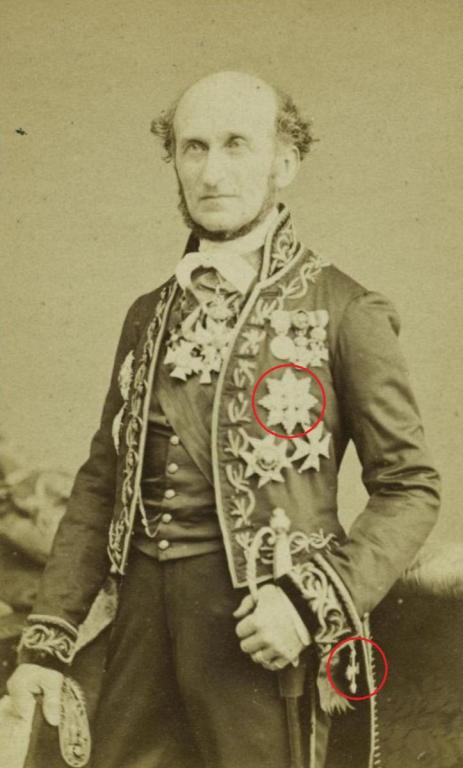

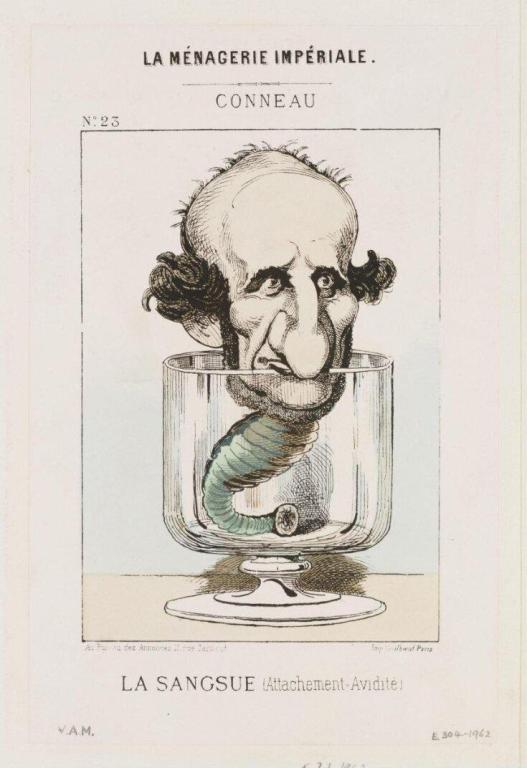
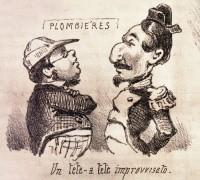
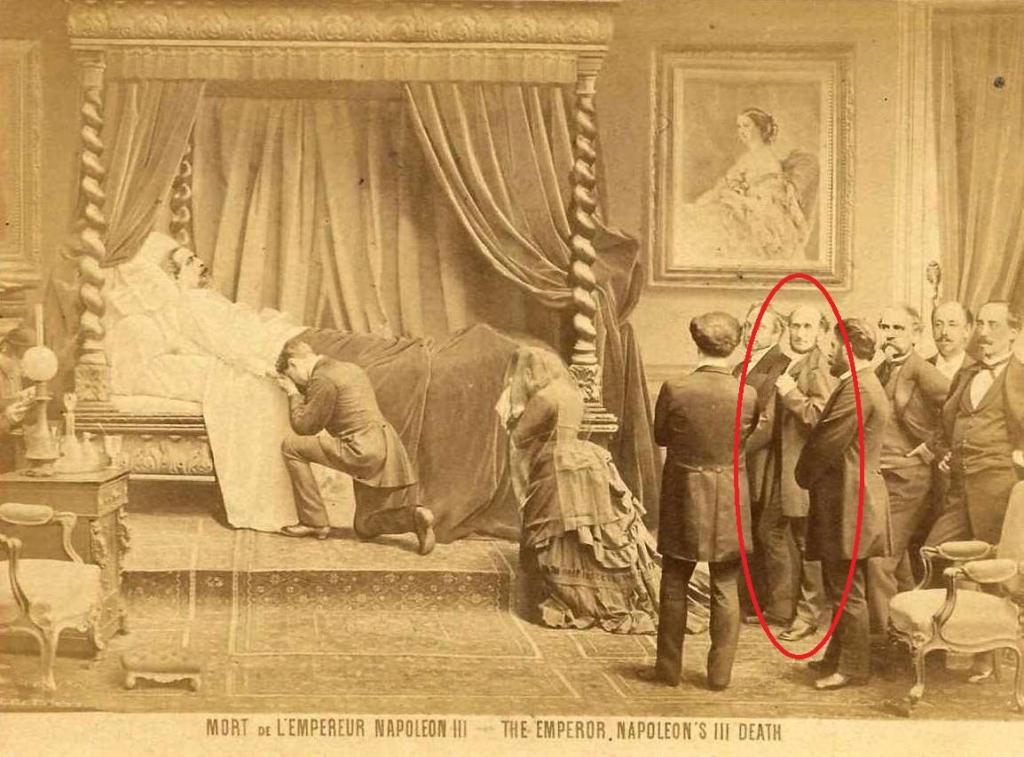
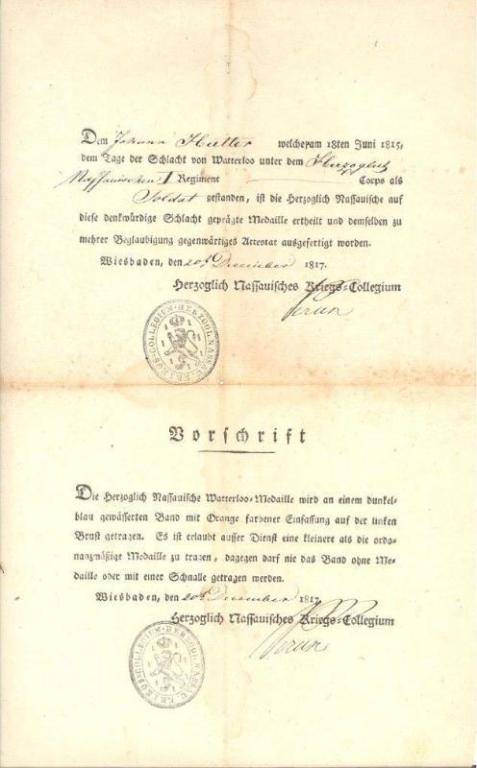
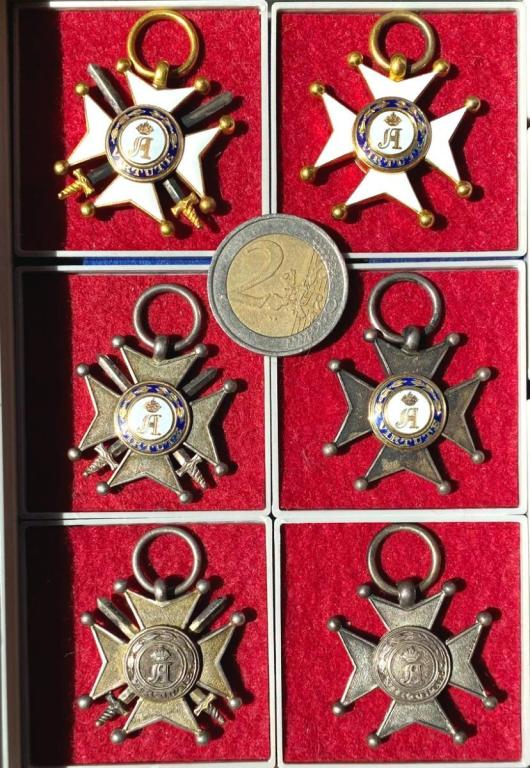
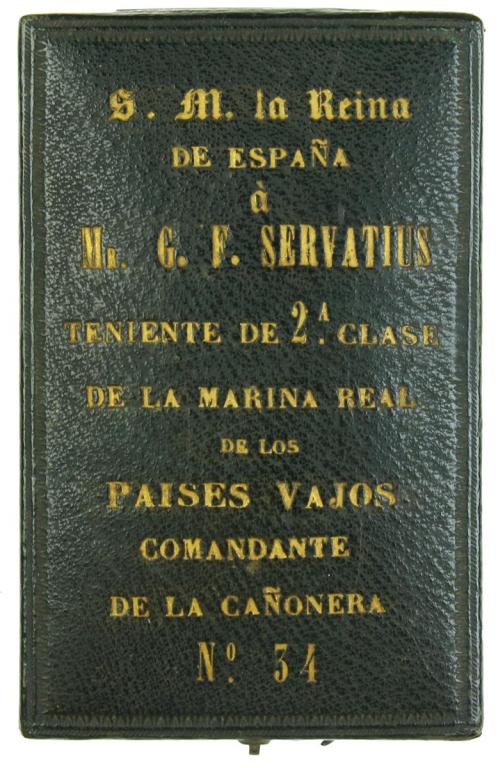
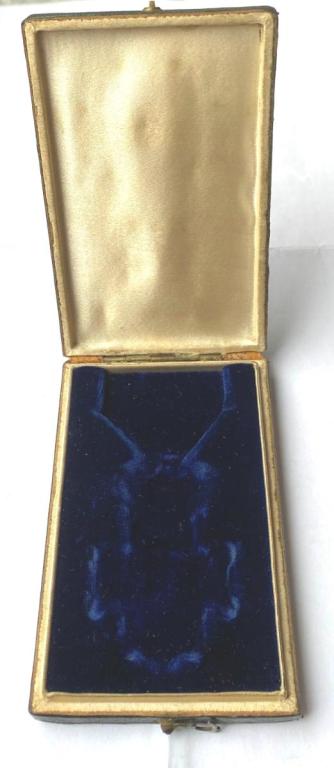
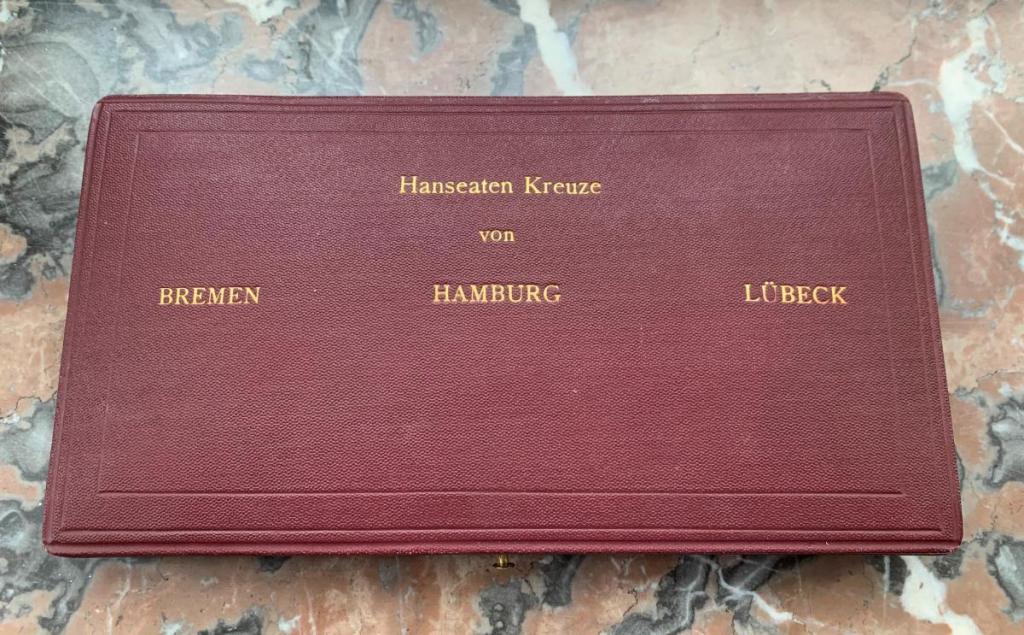
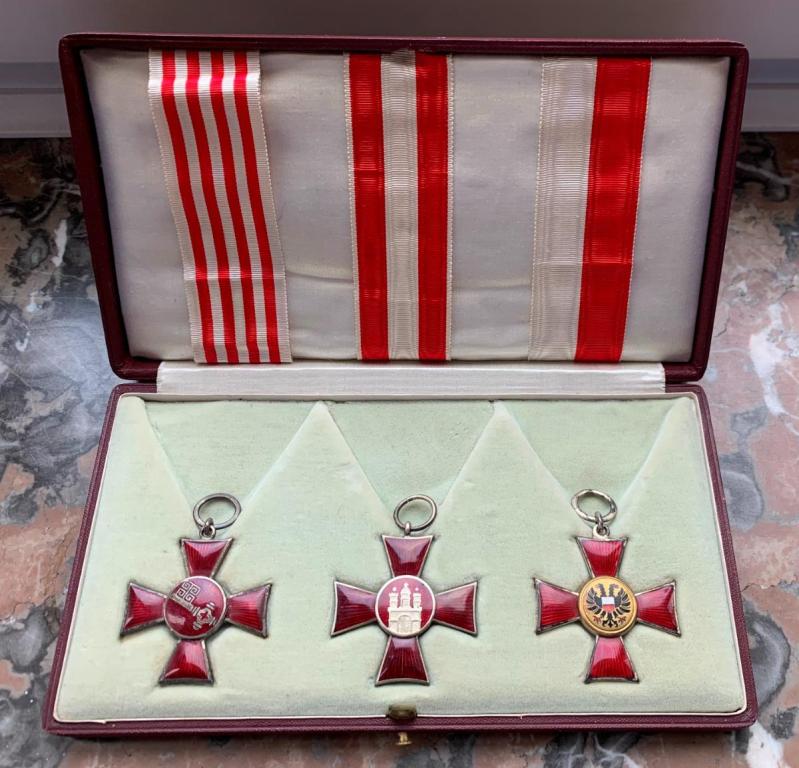
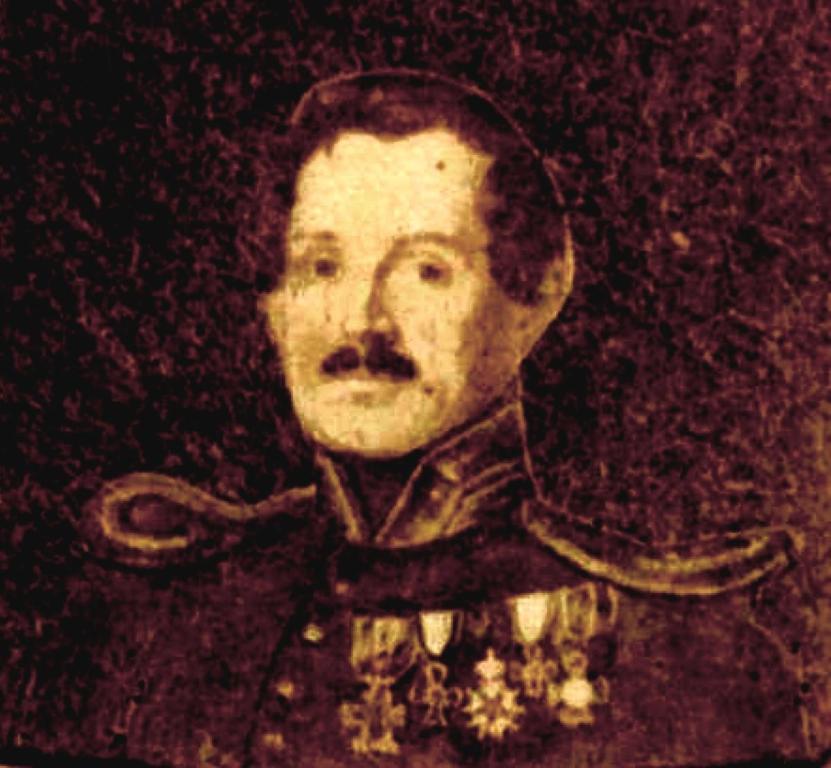
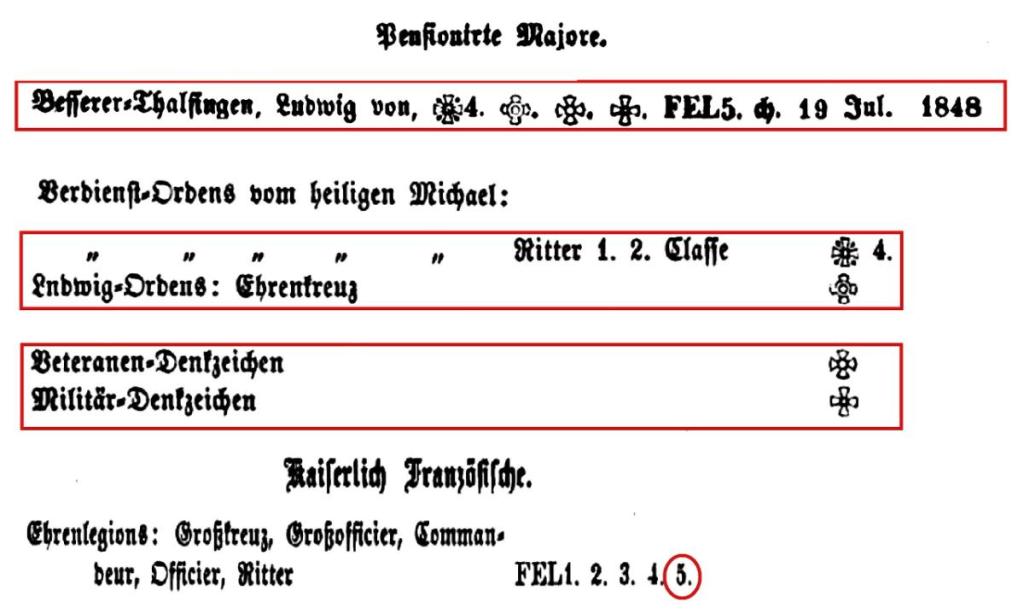

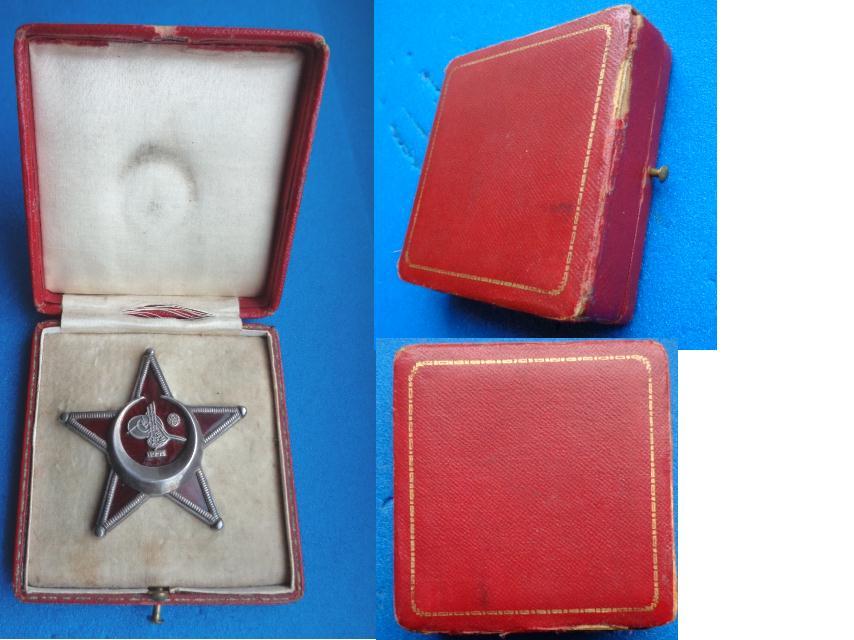
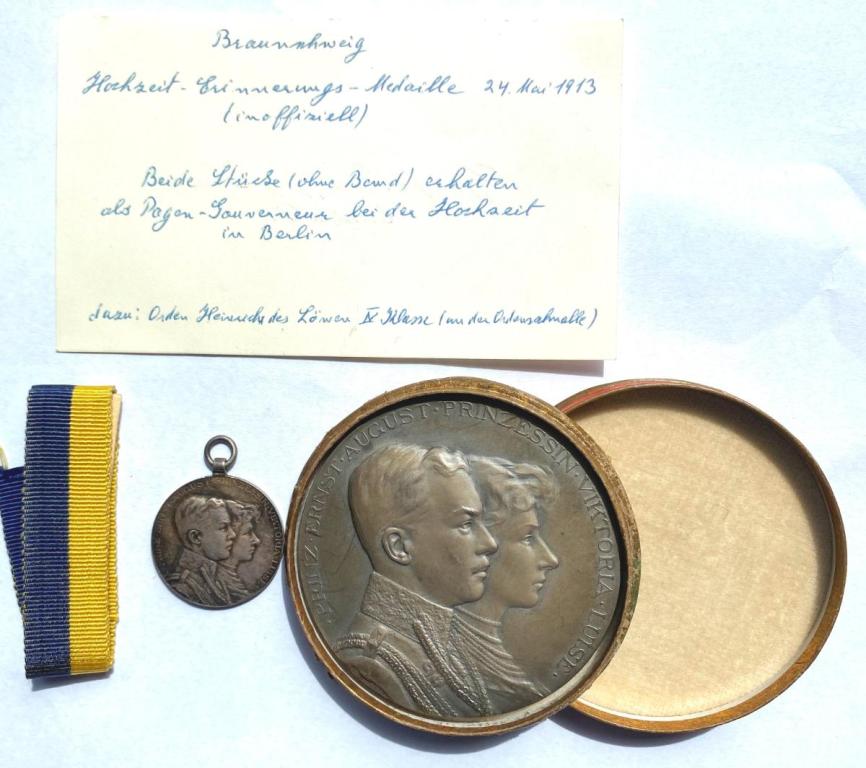
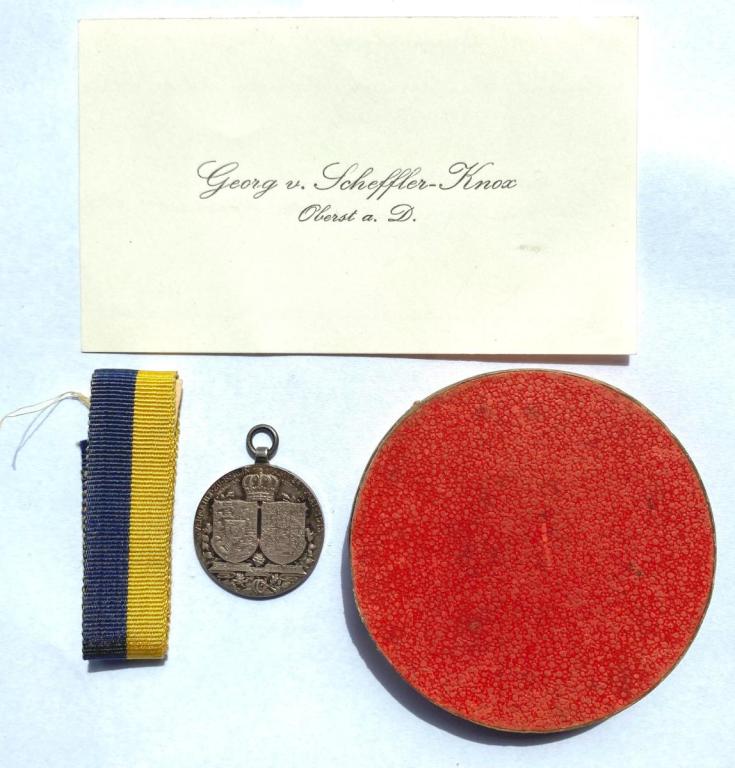
Nicolaus DANS. Nassau and Austria.
in Deutsche Kaiserreich: Man spricht Denglish
Posted · Edited by saxcob
Andreas is right.
This should be him: Denkwürdiger und Nützlicher rheinischer antiquarius - Google Books
I found a grave with the same surname and profession. That could be his son.
Since only the typewriten inscription refers to the Nassau military connection and none of the contemporary ones does, I remain sceptical towards its accuracy.